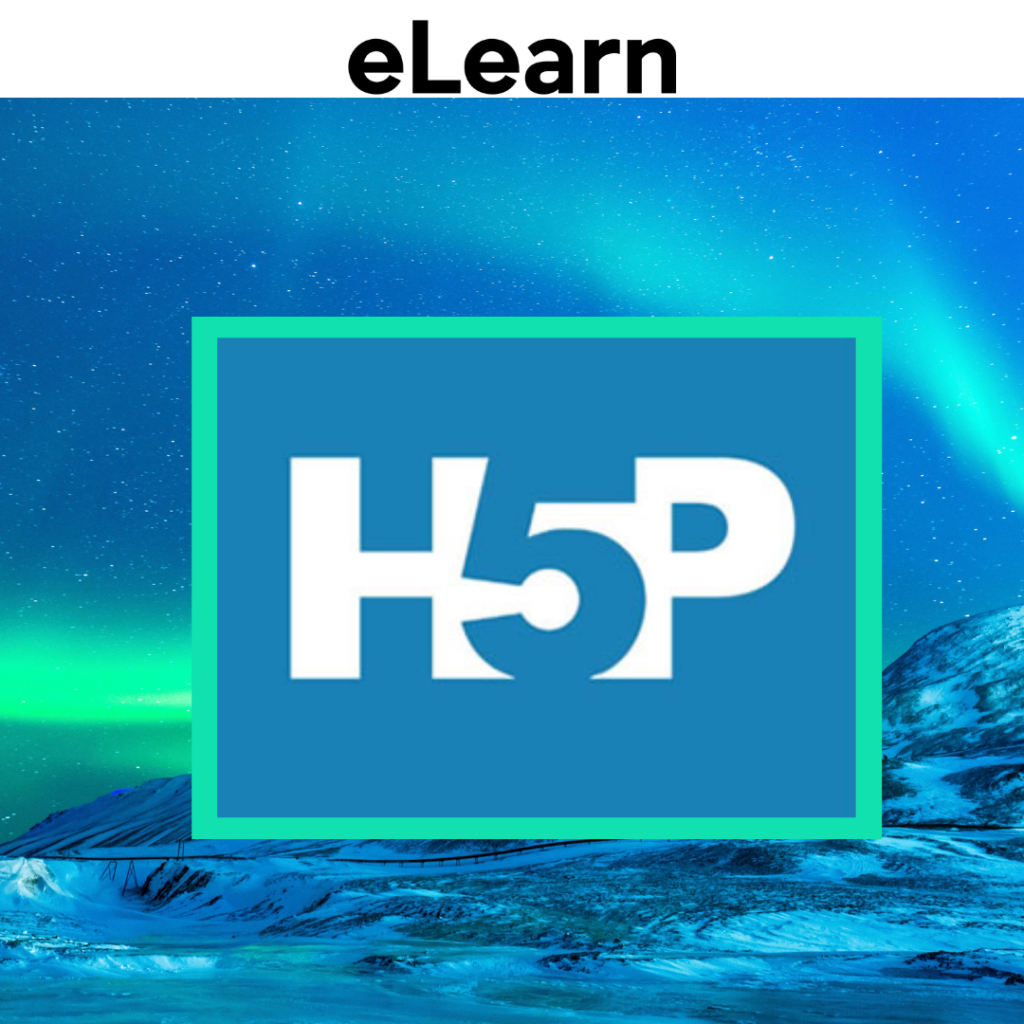4-27 update: The types Sort the paragraph, KewAR code and AR Scavenger are already available in the H5P Hub, which means you can find it along with all the other types. Oliver’s other ‘attractions’ are under review and will likely become available soon on the Hub.
In this article you will find an exhibition of 10 types of content for H5P, described, developed and explained by H5P development extraordinaire Oliver Tacke. These types can be functional for your LMS and make your classroom different, interactive and practical.
Oliver Tacke is an independent IT professional with very close ties with H5P and Joubel, its development team. He loves to contribute to open source projects and educational resources. He makes a living helping people make better use of H5P through his website SNORDIAN, which is all about software development and consulting. He also has a podcast about teaching and learning with digital media called BldgAltEntf. (In German.)
Let’s explore the exhibition!
№1. Bingo game
Can this wholly new type of content be useful for your classes? A definitive yes! If you are in a virtual classroom and don’t know how to get your students to participate, just make a bingo game with H5P! The bingo topics can be related to the topics you are explaining or to topics of common interest to your students. You can add images, videos and even wildcards to the squares. Reward your students attention and quick action!
№2. Completion confirmation
By customizing the H5P platform, content administrators can follow up on the actions students take on the platform, but sometimes these follow-ups must be done manually. Teachers may need to have their students confirm whether they have read a text or completed an activity. What Oliver recommends to do is to add a descriptive text about what you want to confirm and then add a checkbox. This way you make the confirmation process easier to manage for you, and easier to understand for your students. And voilá, you can then perform automated monitoring of your students’ actions in the course.
The source code for H5P Completion Confirmation can be found on Tacke’s github.
№3. Image zoom
This type of content is open source. You will already know what it is about by its name: It consists of uploading an image to your H5P platform and with this type of content your students will be able to explore images and learn through them. If you decide to make use of it, you can take into account some recommendations:
- Select the size and position of the image.
- Change the size of the zoom lens
- You can choose whether or not to darken the background when zooming. You can also choose whether to zoom automatically or have the user activate it.
To use it, just download the demo content, then upload the H5P file to your H5P platform in the H5P hub.
№4. Information wall
With this type of content you can define a list of properties and then create a group of panels where you can set values and even upload an image. You can also allow filtering panels according to the words in the panels. See here for an example.
№5. Jigsaw puzzle
If you are looking to create a jigsaw puzzle, this type of content is best suitable for you. There are a few things you can configure in the editor when creating the puzzle: Remove the faint background image or remove the outlines, for example. This type of content is available for the editing that the educational provider wants to do. You can even add sound.
№6. Pick the symbols
With H5P you always have the option to enhance your platform, if you need a type of content for a specific task you have the ability to code it. And here is a type of content called “choose symbols.” You enter a text and then decide which punctuation marks students should choose to complete sentences or symbols in general.
You can change the background color of the blanks, increase the difficulty and, if you prefer, have the blanks reset at the end of the exercise for instant feedback.
№7. X-ray
This type of content is related to Image Zoom. To tell the truth, it is similar: You upload an image to your H5P site and make edits to it so that students learn through the image. However, features that this content will have in the future will make it stand apart from Image Zoom, according to Tacke. For the moment, however, the differences are minimal.
№8. Sort the paragraph
This type of free content will allow students to organize texts and paragraphs. What you need to do is to write a short text or essay, then scramble the paragraphs randomly. What students must do is to sort the paragraphs in the correct order. By default, students will get one point for each paragraph that is organized correctly.
№9. KewAr code
A free HTML5 content that allows content designers to create QR codes. These can encode URLs, contact information, events, geographic locations and can even function as an access code for an assessment or activity. Learners can scan the QR code to activate the selected action.
№10. AR Scavenger
Let learners explore augmented reality with 3D models or H5P exercises. What you can do is to define markers similar to QR codes, these markers can launch the combination of a 3D model with the camera view or with an H5P interaction. As an applicable exercise for this content, you can suggest a scavenger hunt, where users explore their environment to find the markers and complete the exercises, another usable exercise can be to modify physical books with 3D models that can be watched in the browser.







